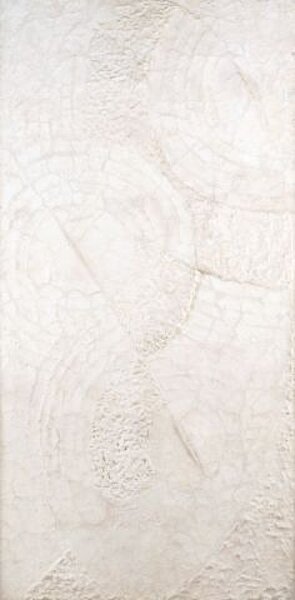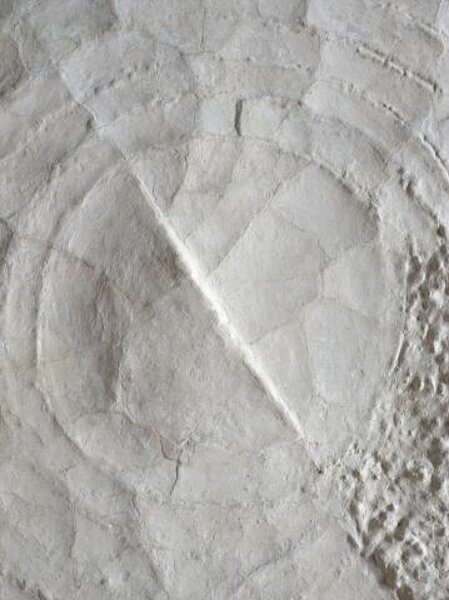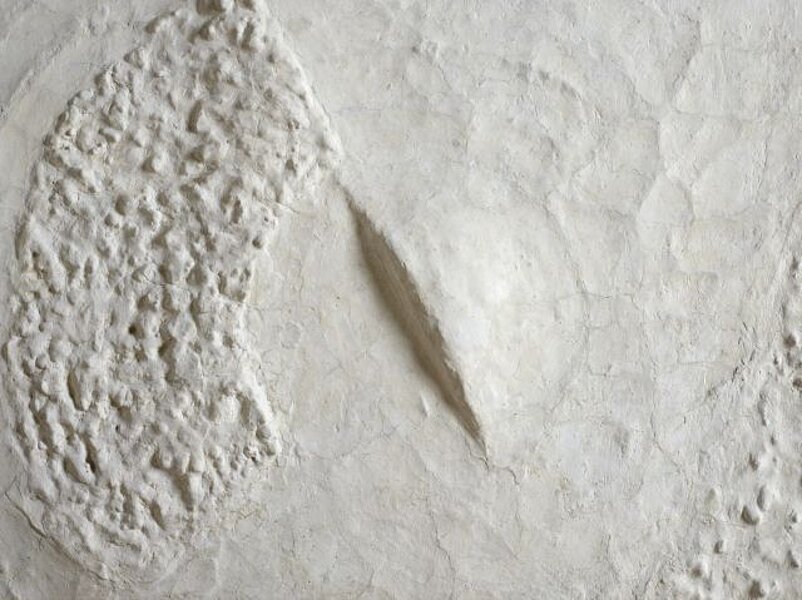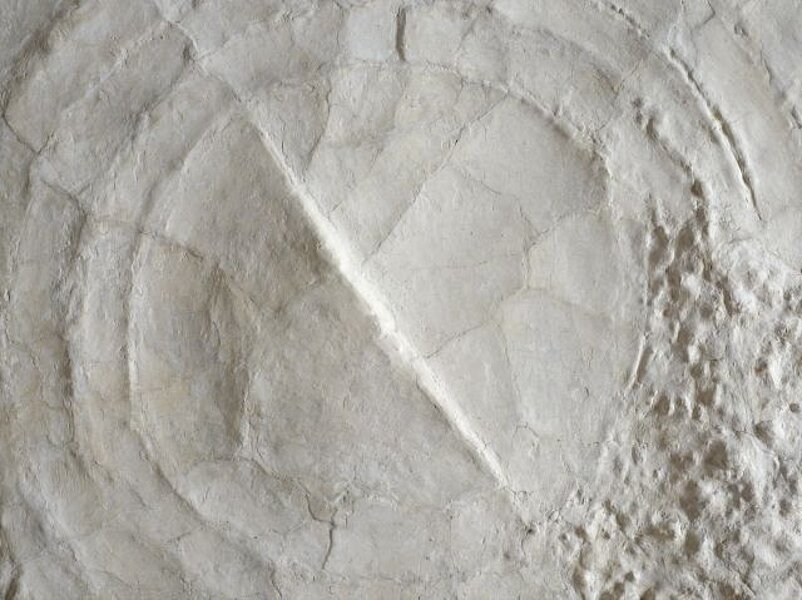
Delaunay, Robert
Relief blanc
White Relief
1936
| Object description | Plaster, casein on metal |
|---|---|
| Object category | image |
| Material |
object:
metal
Object:
gypsum,
organic material
|
| Technique |
object:
relief
|
| Dimensions |
object size:
height: 204 cm,
depth: 7 cm
Objektmaß:
width: 109 cm
Object with lifting truck:
weight: 29 kg
|
| Year of acquisition | 1962 |
| Inventory number | B 75/1 |
| Creditline | mumok - Museum moderner Kunst Stiftung Ludwig Wien |
| Rights reference | Gemeinfrei | public domain |
| Further information about the person | Delaunay, Robert [GND] |
| Literature | Laboratorium Moderne/Bildende Kunst, Fotografie und Film im Aufbruch |
Robert Delaunay came to Cubism in Paris through his acquaintanceship with Pablo Picasso and George Braque and created a new form of dynamic cubist deconstruction. From 1912 onwards he reduced the cubist pictorial vocabulary in order to achieve rhythm and movement from colour alone. The pictures were composed of transparent fields of contrasting colour. Little by little, Delaunay’s disc-like pictures, in which the contrasting colours were arranged in a circular form, became purely abstract solutions. It was only in this way that pure painting could take place which, according to Delaunay, was able to “renounce representational objects” and “become completely abstract”. The idea of pure colour painting was, for him, a necessary notion of the universe and its concomitant conception of reality, said the artist, “can only be appropriately understood through optical perception and seen as the simultaneous movement of colour in light.” In 1930 he made the first of a small number of reliefs. These represent a further development of his thought about painting. The materials are also unusual: casein glue, cement, cork, sand, plaster, and sawdust. Delaunay always considered his plastic works from the perspective of painting and never regarded himself as a sculptor. The white relief is an explicit expression of the notion of perception determined by light: by going as far as to eliminate colour, the form becomes determined by the light in the exhibition space to an even greater extent. It reproduces the different materials by reflecting light in different ways and lends the surface a sensual quality that always wants to be painterly.
© mumok – museum moderner kunst stiftung ludwig wien





